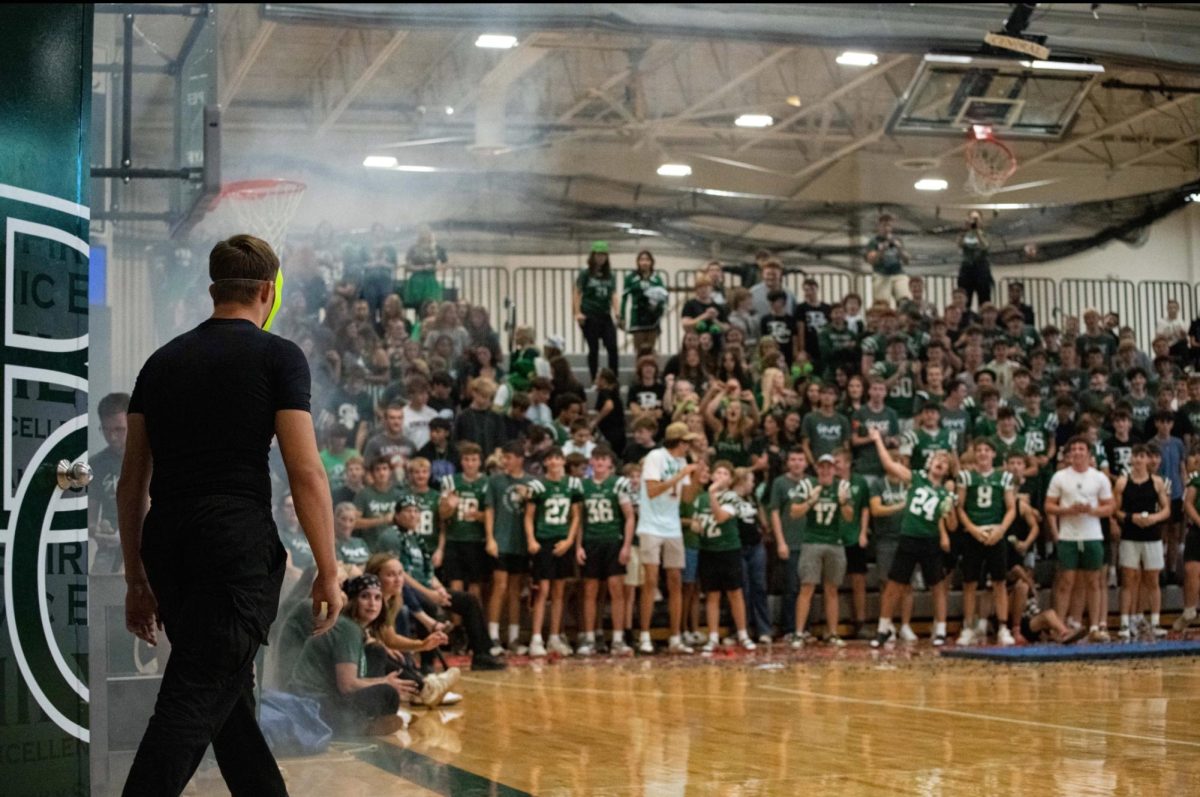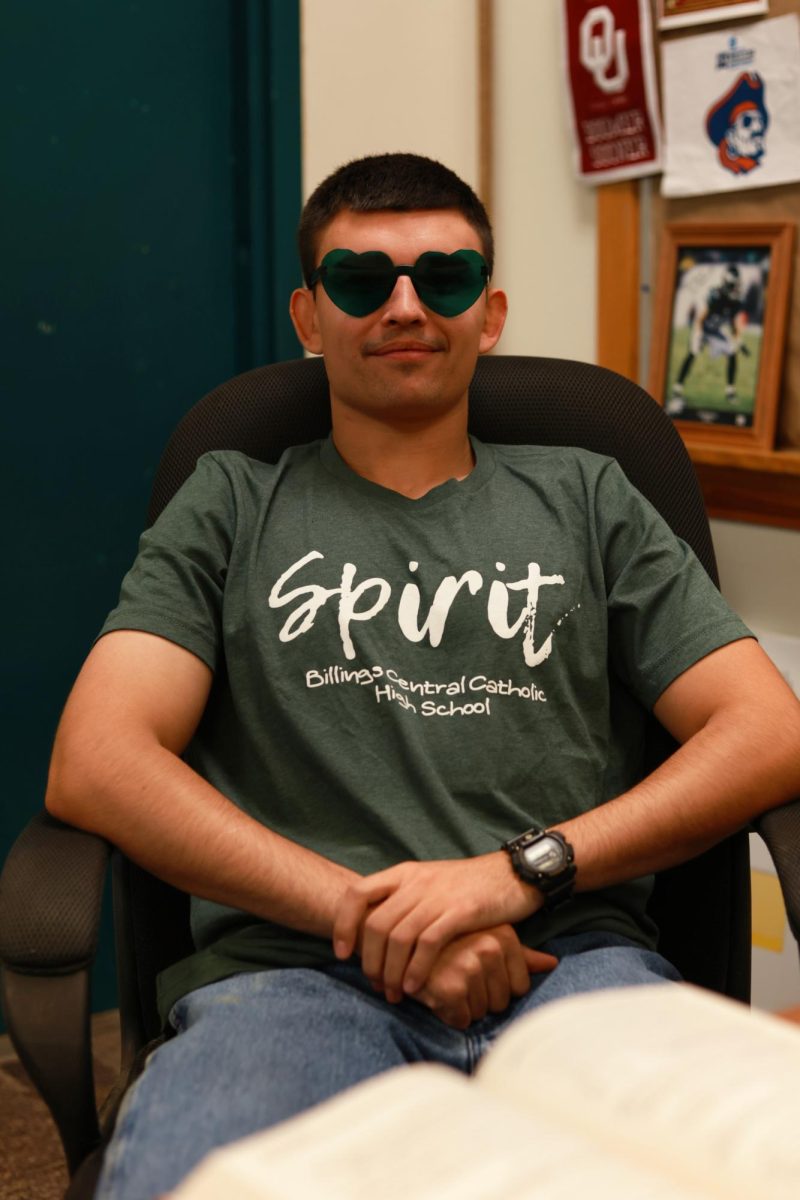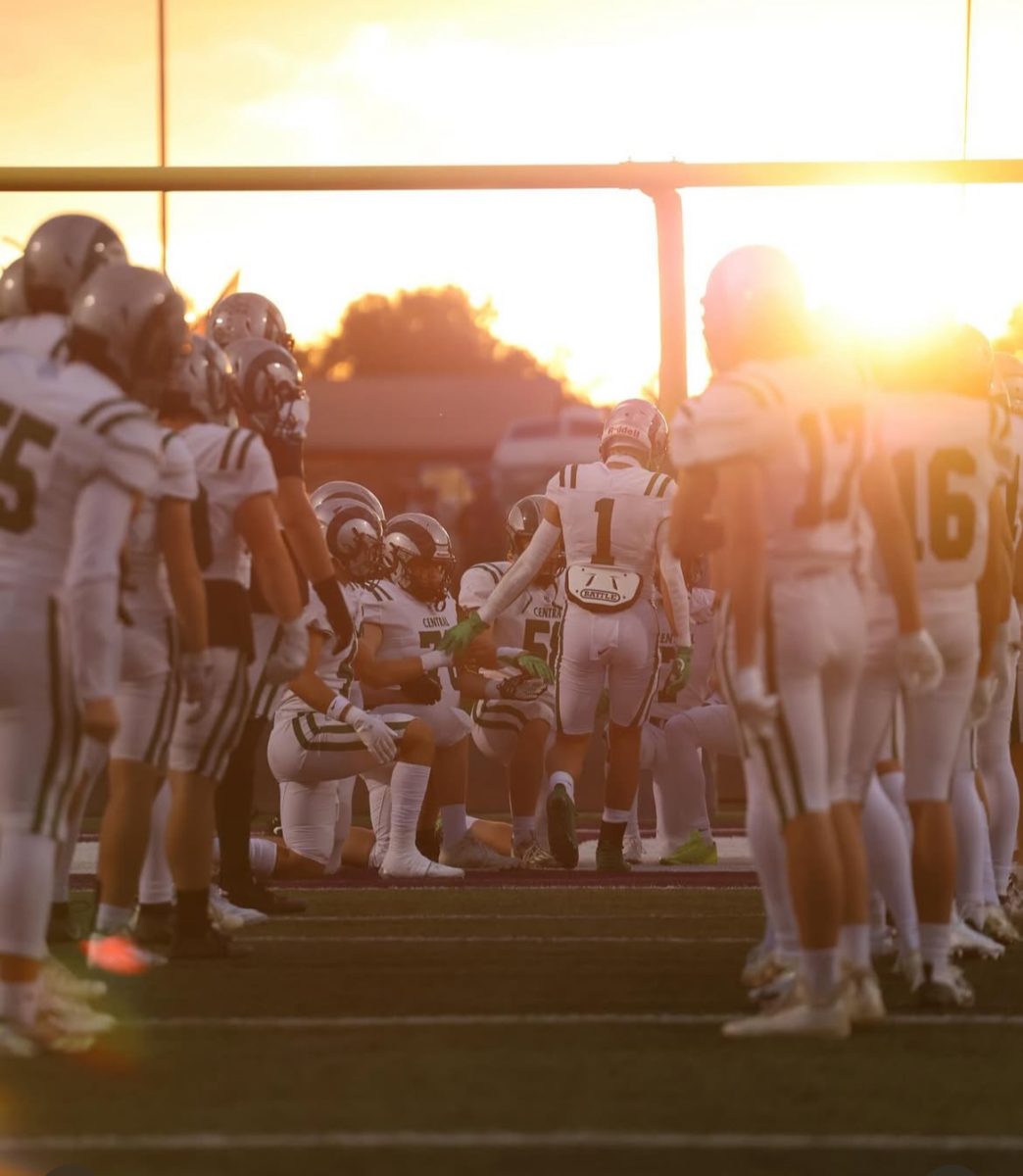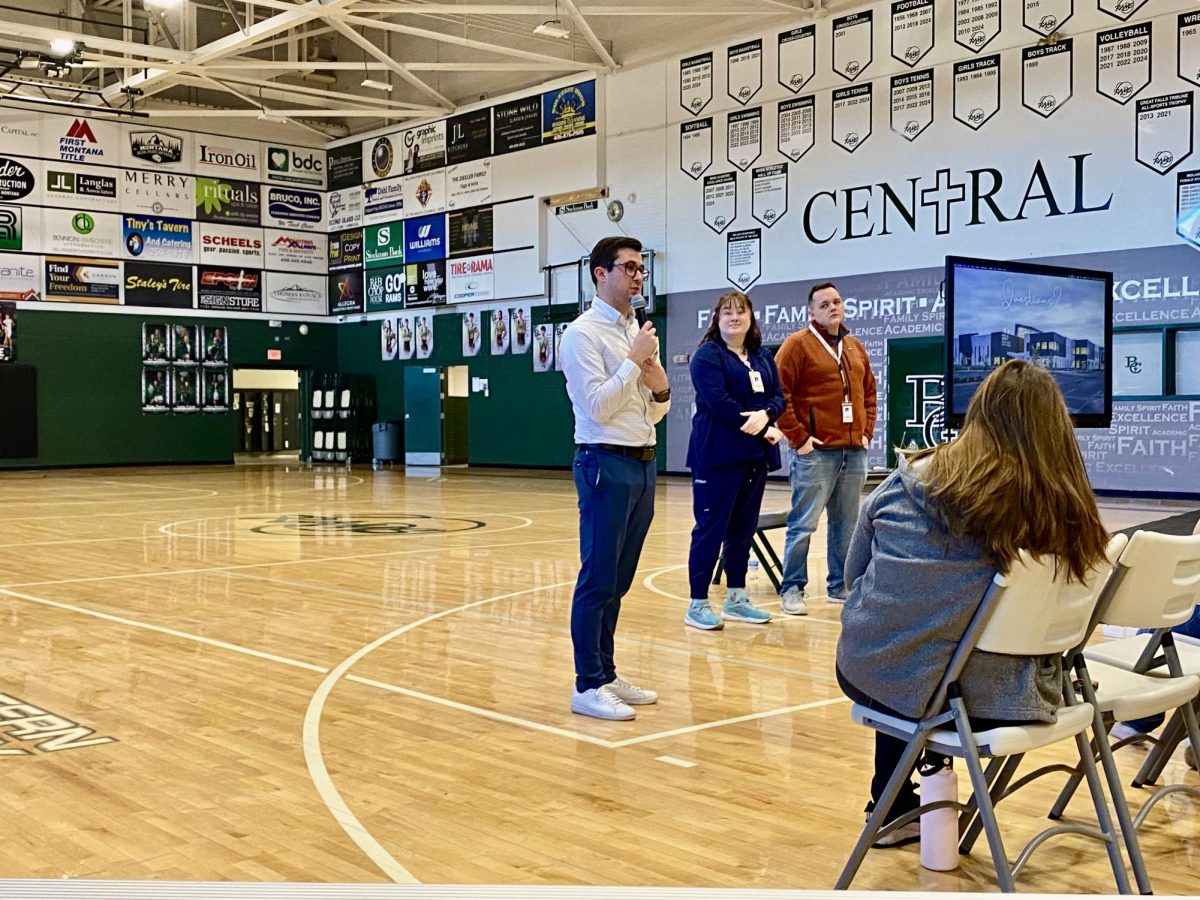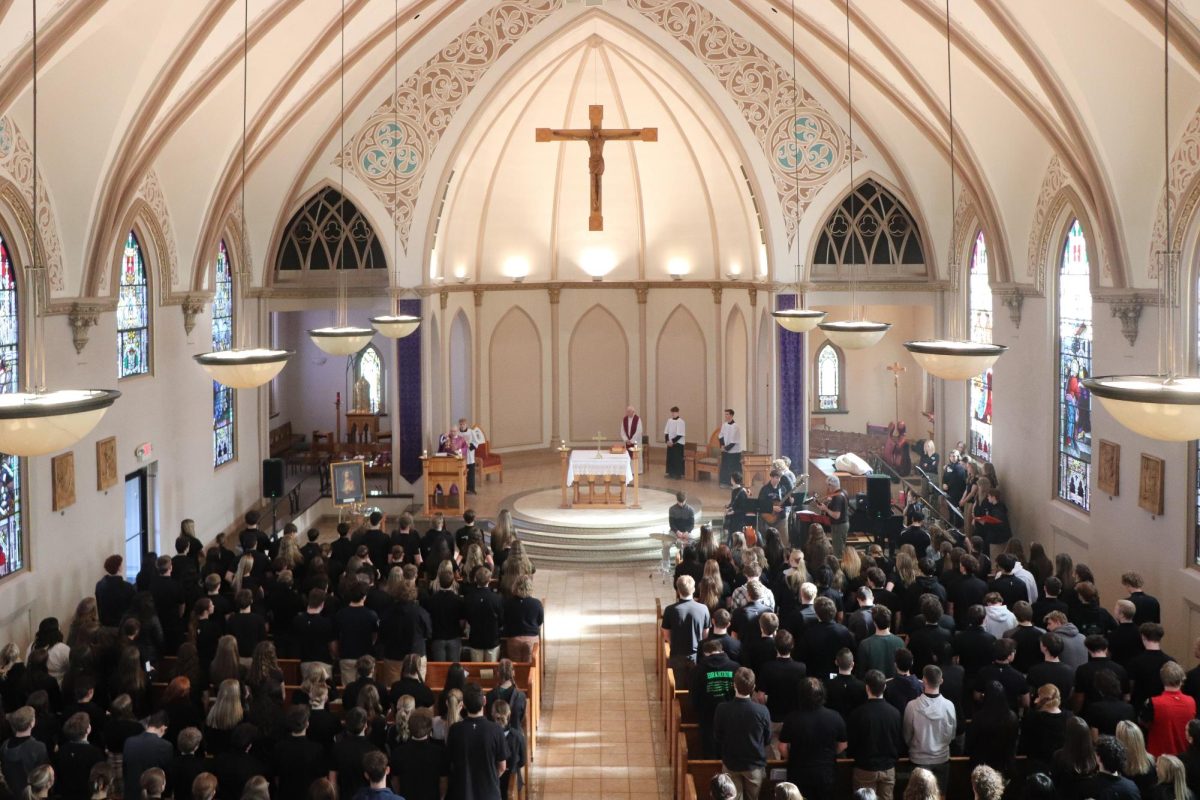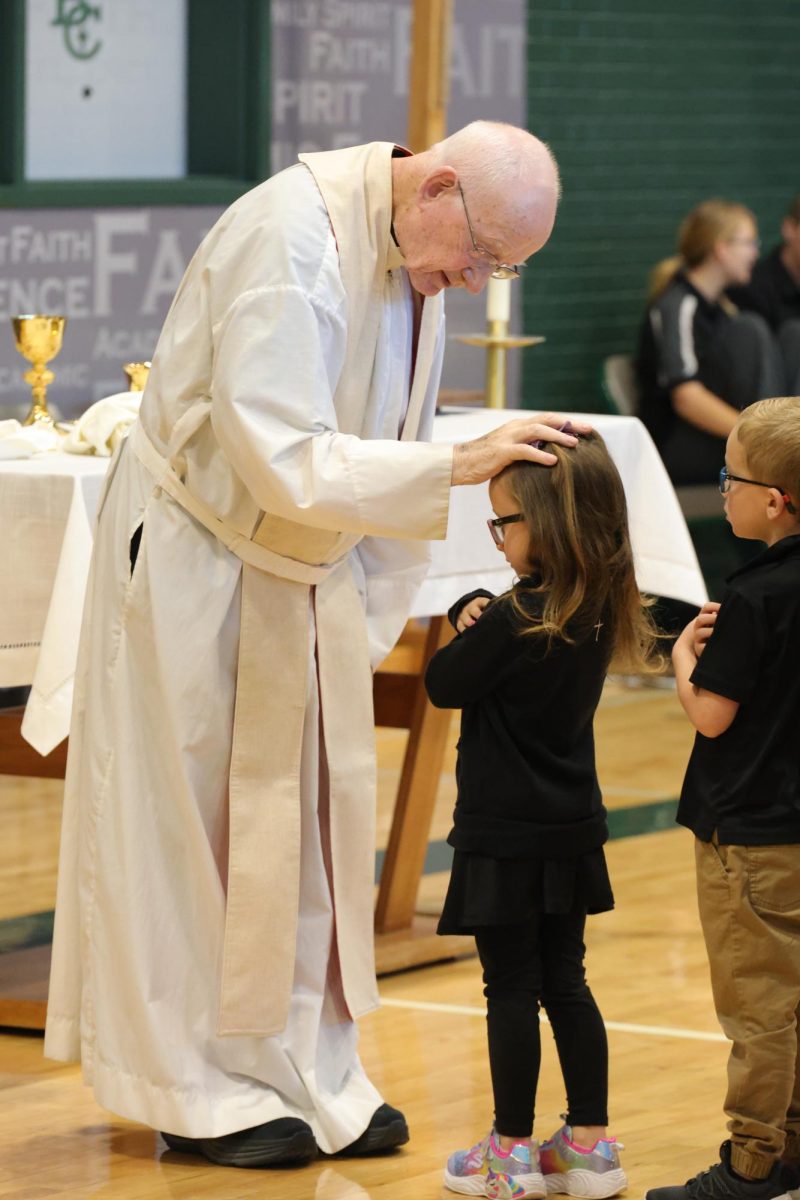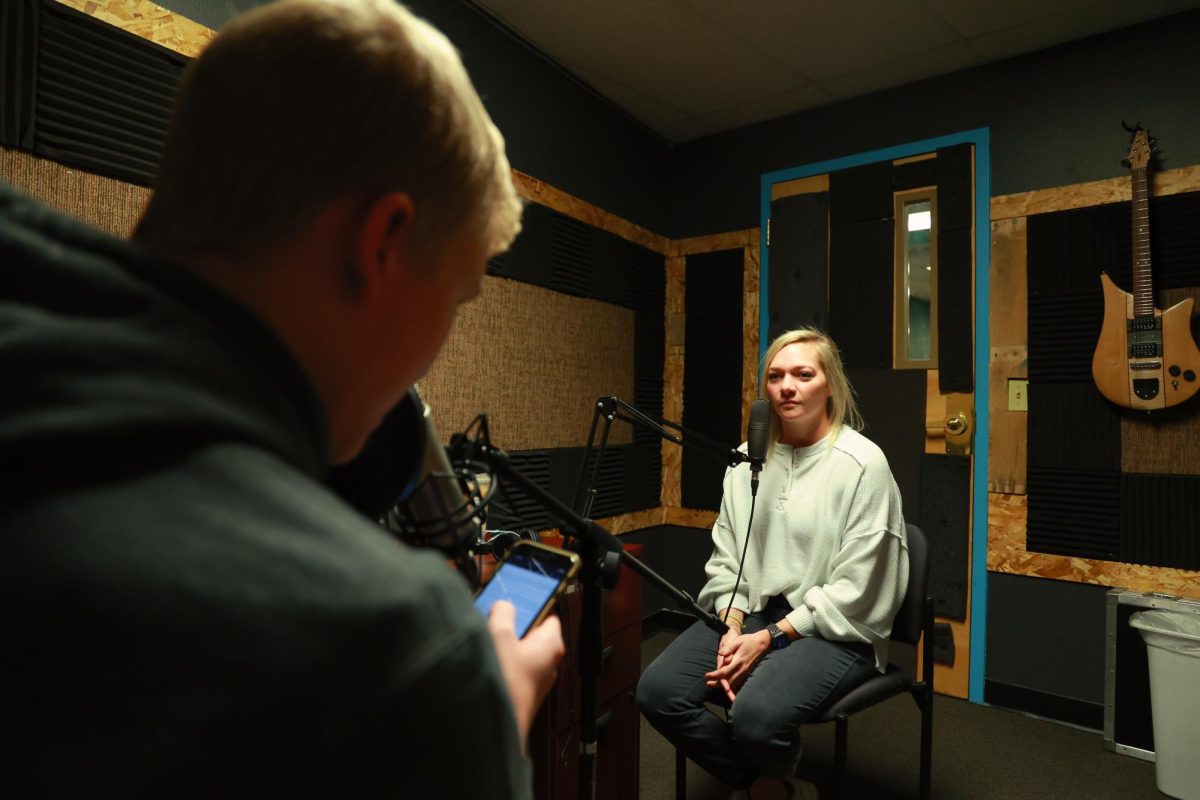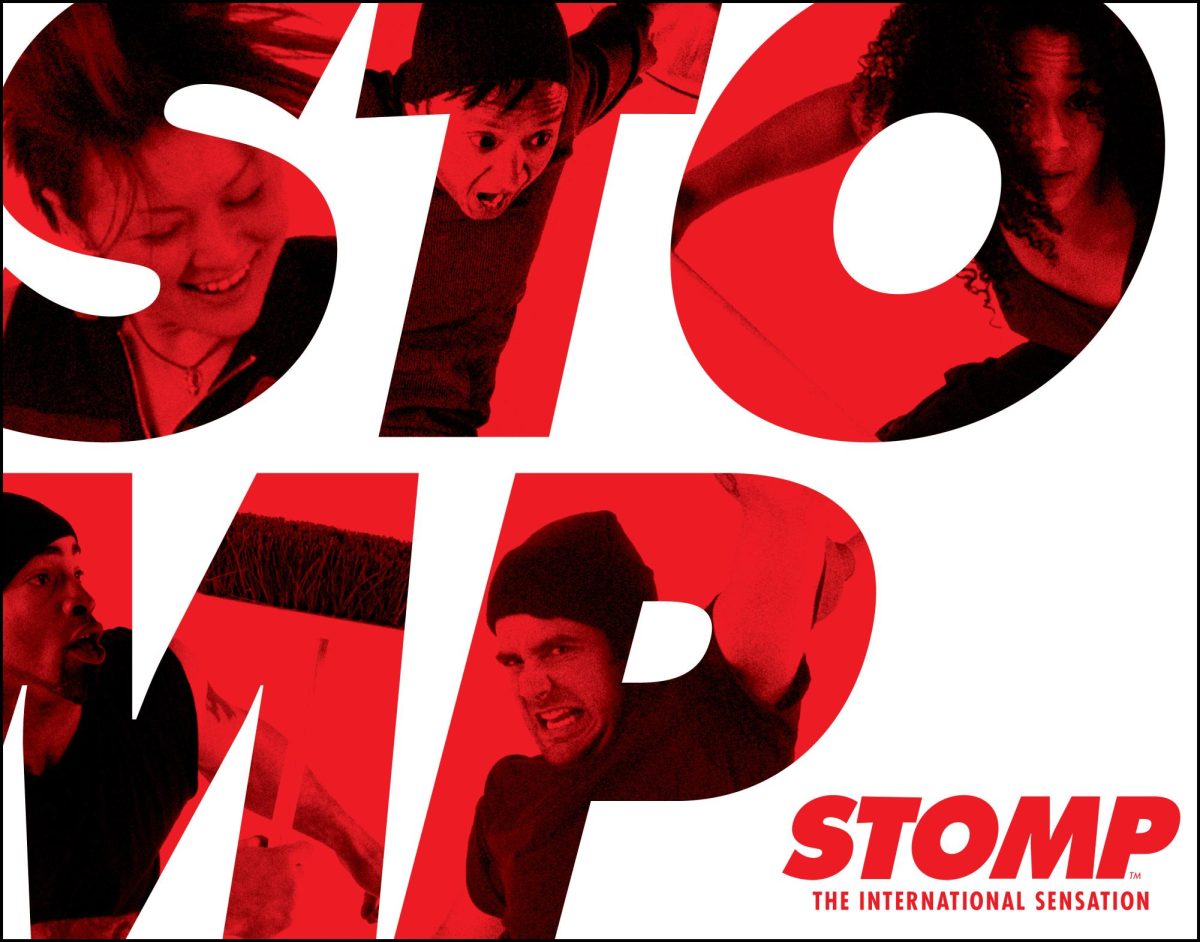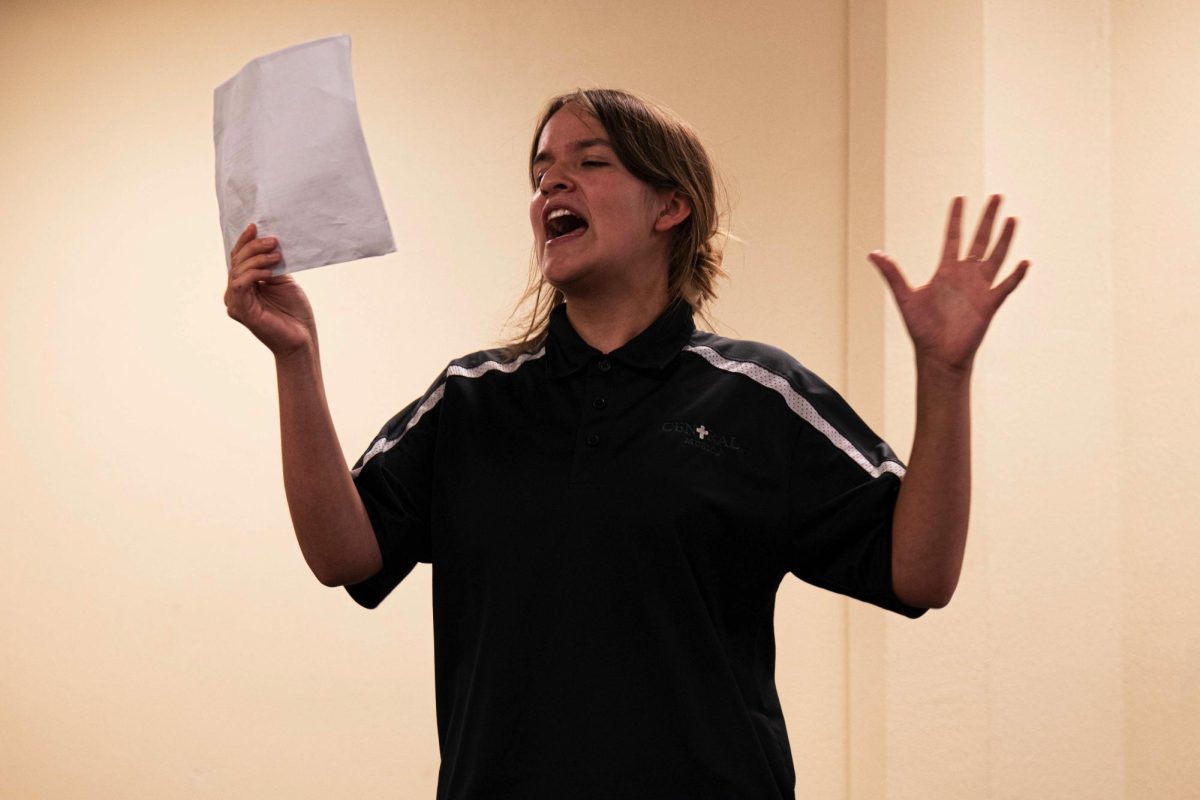What Makes a Movie?
The Central film class, apparently.
December 21, 2022

Every year, Billings Central’s Film, Editing, and Design class sets the lofty goal of producing a feature-length film, to be premiered sometime toward the end of the year. This year, the earliest stages of pre-production have just begun, and film teacher Shane Fairbanks is hoping to create the class’s best movie yet. However, making such a big project is no easy task, and Fairbanks is excited—and nervous—for the huge undertaking facing the Central film students.
The first thing the film class needs is an idea. “It’s often based on something that a student will come up with and say, ‘what if we tried this?’” Fairbanks explained. To help with the creative process, the film class will have an ‘ideas-fest’ where students can brainstorm different ideas for the film. “Once the ideas start rolling… it goes pretty well,” said Fairbanks.
Next comes the fun part: Shooting the movie. This usually takes around 40 hours of work, spread out over multiple weekends. The film class generally schedules a few days to film most of the movie and then takes a few more to add, change, or fix anything they missed. For Fairbanks, the hardest part of this process is simply getting his cast and crew interested in the project. “If we’re all excited about it, it’s a lot of fun,” he said. “If people are looking at it like it’s a chore… then it won’t be as much fun.” Another not-often-considered aspect of filming a movie is the amount of time that each shot takes to set up. In addition to the actors, the film class will often have multiple cameras, lights, and microphones that all have to be organized for each scene.
The third, final, and most time-consuming step of the process is post-production. In this stage, Fairbanks and a few of his students take hours of raw footage from several days of filming and turn it into a cohesive movie. “I try not to think about it, honestly, because then I get anxiety,” Fairbanks joked. Post-production involves editing, music, special effects, and dozens of small details that must be considered before the movie can be released. According to Fairbanks, one short 5-minute scene in Deus Vult, which the film class released in 2021, contained around 300 different elements.
Despite the huge amount of effort that creating a premiere film takes, Fairbanks is still excited for the task. “I actually feel really good about this year,” he said. According to Fairbanks, the best way to approach such a massive undertaking is simply “enjoy the ride.” “It’s going to be hard, and you’re going to be frustrated and stressed,” he said. “The key is to love it.”
